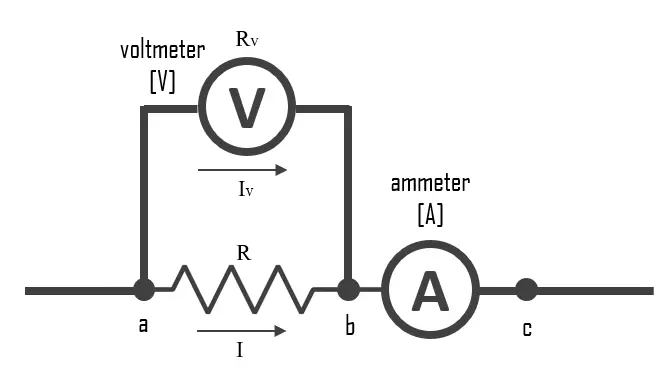Electrical Conductance
Electrical conductance is a measure of a material’s ability to conduct an electric current. It is defined as the reciprocal of electrical resistance and is measured in Siemens (S). Conductance is directly proportional to the cross-sectional area of a conductor and inversely proportional to its length, as well as the resistivity of the material.
Electrical conductivity is closely related to electrical conductance. Electrical conductivity is a property of the material itself (like silver), while electrical conductance is a property of a particular electrical component (like a particular wire).
Materials with high electrical conductivity will have high conductance, while those with low conductivity will have low conductance. Conductance is used in calculations of electrical circuits, including Ohm’s law and Kirchhoff’s laws.



